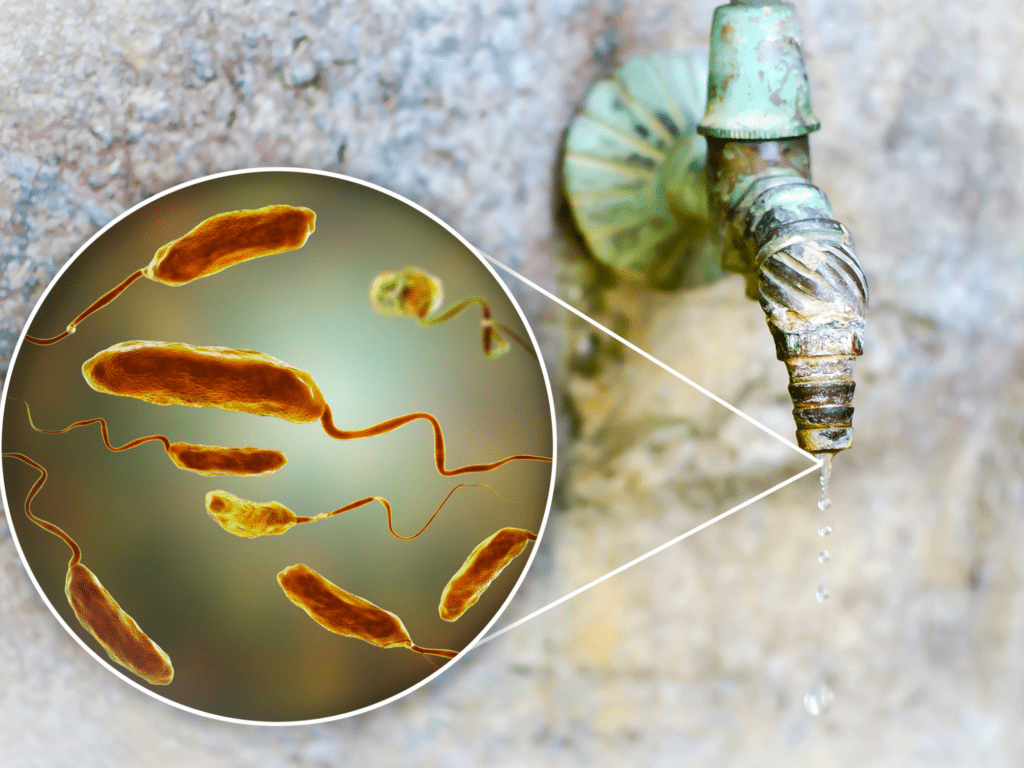Water is essential to life, and it’s something that most of us in the United States take for granted. We use it every day, for drinking, cooking, cleaning, and more. But have you ever stopped to think about what’s in your water? The truth is, there could be harmful contaminants lurking in your tap water that you don’t even know about. That’s where water analysis comes in. By analyzing your water, you can uncover the hidden truth about its quality and determine what filtration system will make it safe for you and your family to use. But water analysis isn’t just important for your health – it’s also critical for the environment. By understanding the composition of our water sources, we can take steps to protect them and ensure that they remain clean and healthy for generations to come. In this article, we’ll explore the importance of water analysis and why it’s something that everyone should consider.

Understanding water analysis
Water analysis is the process of testing water samples to determine their chemical, physical, and biological characteristics, and then analyzing the results. From this analysis, we can determine what is in the water and at what levels these toxic chemicals become harmful to you and your Family’s health. This analysis is currently available for all 33,500 City water municipalities. The purpose of water analysis is to identify any harmful contaminants that may be present in the water, such as bacteria, viruses, lead, arsenic, and other toxic chemicals. By understanding the composition of our water sources, we can take steps to protect your family and these water sources so that they remain clean and healthy for generations to come.
Water testing is conducted using various methods and technologies, including laboratory analysis, field testing, and online monitoring. These methods are used to measure the pH level of the water, as well as the levels of various minerals, chemicals, and contaminants. The results of water analysis can be used to determine the quality of the water and whether it is safe for human consumption, but this depends on what levels are assigned to each of the chemicals. The EPA does not test the safety of over 86,000 toxic chemicals and classifies them as having “no legal limit”. This is why it is a smart move to generate a water report like the one at www.LifeWaterReport.com. We work with the Environmental Health Work organization to provide realistic information about the effects of these chemicals. We do not believe in “no legal limit”!
Importance of water analysis for health
Water is essential for human health, and it’s important that we have access to clean and safe drinking water. Unfortunately, many water sources are contaminated with harmful chemicals and bacteria that can cause serious health problems. Water analysis is important for our health because it helps us identify these contaminants and take steps to remove them.
One of the most common of the many contaminants found in water is lead. Lead is a toxic metal that can cause serious health problems, especially in children. Exposure to lead can lead to developmental delays, learning disabilities, and other neurological problems. Water analysis can help us identify the presence of lead in our water and take steps to remove it.
Another common contaminant found in water is arsenic. Arsenic is a toxic chemical that can cause cancer, skin lesions, and other health problems. Water analysis can help us identify the presence of arsenic in our water and take steps to remove it.
Overall, water analysis is important for our health because it helps us identify harmful contaminants in our water and take steps to protect ourselves and our families.

Importance of water analysis for the environment
- Water analysis is not just important for our health – it’s also critical for the environment. By understanding the composition of our water sources, we can take steps to protect them and ensure that they remain clean and healthy for generations to come.
- One of the biggest threats to our water sources is pollution. Pollution can come from a variety of sources, including agricultural runoff, industrial waste, and sewage. Water analysis can help us identify the presence of pollutants in our water sources and take steps to reduce or eliminate them.
- Another threat to our water sources is overuse. As populations grow and the demand for water increases, our water sources are being depleted at an alarming rate. Water analysis can help us understand the quantity and quality of our water sources and take steps to conserve them.
Overall, water analysis is critical for the environment because it helps us identify threats to our water sources and take steps to protect them for future generations.
Common contaminants found in water
There are many different types of contaminants that can be found in water sources. Some of the most common contaminants include:
- Chemicals such as lead, arsenic, and pesticides
- Sediment and other particles
- Nitrates and other nutrients
- Chlorine and other disinfectants
- Volatile Organic Chemicals (VOCs)
These contaminants can have serious health and environmental effects, which is why it’s good to review your truthful water report
Conclusion
Water analysis is an important tool for protecting our health and the environment. By reviewing the analysis of the EPA Mandated water report, we can identify harmful contaminants and take steps to address them. Generate the analysis of your City’s Water Source now – at no charge www.LifeWaterReport.com
